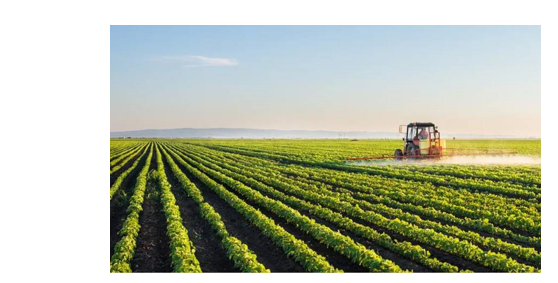INP-WealthPk
Ahmed Khan Malik

The Sindh government has planned innovative and modern techniques to boost agricultural productivity. Agriculture, including livestock and fisheries, is the key sector of livelihood in the province but it has yet to perform to its true potential, reports WealthPK. Moreover, the growth has mainly been the result of higher use of resources and inputs, rather than higher productivity. Low agriculture and livestock yields are also a principal cause of low incomes and high food prices, making it difficult for the majority of the population to afford a nutritious diet. “The government’s vision will be achieved by strengthening the markets, including reforming laws and regulations that limit competition and market-driven decisions, and introducing effective or efficient pricing and subsidies,” Director of Sindh Agricultural Research Cell Waheed Khoso told WealthPK.
At the same time, the government will focus on producing and promoting public goods, in particular new technologies for processing, transport, storage and production, including new seed varieties and high yielding milk and meat animals; establishing a regulatory framework to ensure quality supplies of input and output; acting as a champion for the poor and deprived to raise their incomes and have access to an adequate diet; and addressing emerging issues such as resource degradation and climate change, he said. In this regard, the first development came recently when the province approved 12 innovative crop varieties, including cotton, wheat, mustard, and ber, developed by the province’s leading agricultural scientists. The approved varieties are CRS 644, CRS 674, CRS 682, the latest BT 2021, and Mian Resham non-BT cotton, as well as IV-3, Urooj 22, Akbar 19, Subhani 21, and a new pasta wheat variety. Mustard variety Kizola and ber variety Lemai Golo also received approval. Sajid Magsi, Additional Director of Agriculture Department, said the yields of many crops and livestock were well below the potential and generally lower than in the neighbouring regions. More critically, the economic returns to water, which is one of the major limiting factors for expansion, and to labour, which is a major determinant of incomes and living standards, are low.

On the other hand, in several areas where small to medium scale progressive farmers, or corporate farms using the leased land are taking the lead in high-tech commercial farming, with very much higher yields and returns. These large yield gaps indicate the potential of raising the productivity across the province by using better seed, specific fertilizer mixes, and improved cultivation methods. He said implementation of new measures will mean deep transformational changes in the sector. It is essential that short, medium and long-term implications of the change process are well communicated to the key opinion makers, parliamentarians and the public. He said the provincial government was working hard to increase agricultural productivity and various interventions and innovative techniques were part of a broader vision of the sitting government, which fully focused on uplifting the provincial economy, with agriculture as the key component.
Credit: INP-WealthPk




